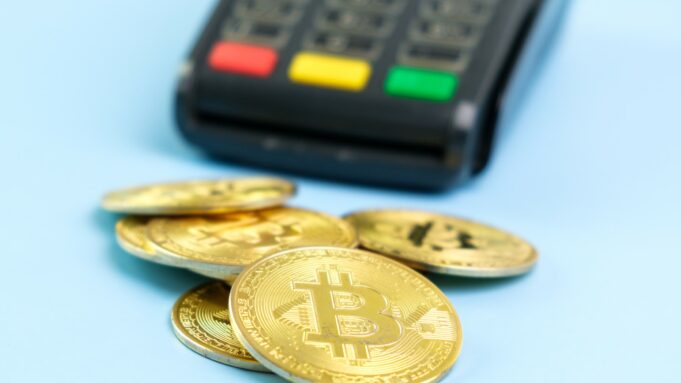Bitcoin mining is the process of creating new bitcoins by solving complex mathematical equations using specialized software and hardware. The Bitcoin network relies on a decentralized system, meaning that it’s not controlled or owned by any central authority, such as a government or a bank. Instead, it’s run by a network of users who participate in the verification and validation of transactions through the use of Bitcoin mining.
What is Bitcoin?
Before we dive into Bitcoin mining, let’s take a step back and understand what Bitcoin is. Bitcoin is a digital currency that was created in 2009 by an unknown person or group of people using the pseudonym Satoshi Nakamoto. It’s a decentralized currency that allows for peer-to-peer transactions without the need for intermediaries such as banks or financial institutions.
Bitcoin operates on a blockchain, a digital ledger that records all transactions on the network. The blockchain is a decentralized database that’s maintained by a network of users, and it’s constantly updated with new transactions as they occur. Each block on the blockchain contains a set of transactions, and once a block is added to the blockchain, it cannot be altered or deleted.
What is Bitcoin Mining?
Bitcoin mining is the process of adding new blocks to the blockchain. Miners use powerful computers to solve complex mathematical equations that verify and validate transactions on the network. The first miner to solve the equation and add a new block to the blockchain is rewarded with a certain amount of bitcoins. This reward serves as an incentive for miners to continue to participate in the Bitcoin network and to maintain the security and integrity of the blockchain.
Mining is an important part of the Bitcoin network because it helps to prevent fraud and ensure the accuracy of transactions. The more miners that participate in the network, the more secure and reliable the network becomes.
How Does Bitcoin Mining Work?
Bitcoin mining is a complex process that involves several stages. Let’s take a closer look at each stage:
Stage 1: Verification of Transactions
Before a transaction can be added to the blockchain, it needs to be verified and validated by other users on the network. When a user sends bitcoins to another user, the transaction is broadcast to the network, and it’s added to a pool of unconfirmed transactions.
Miners then select a set of unconfirmed transactions from the pool and create a block of transactions. They then verify the transactions by solving a complex mathematical equation. Once the equation is solved, the transactions are validated, and the block is added to the blockchain.
Stage 2: Creation of New Bitcoins
As we mentioned earlier, the first miner to solve the equation and add a block to the blockchain is rewarded with a certain amount of bitcoins. This reward serves as an incentive for miners to participate in the network and to maintain the security and integrity of the blockchain.
The amount of bitcoins that are rewarded for each block that’s added to the blockchain is halved every four years. This is known as the Bitcoin halving, and it’s designed to control the supply of bitcoins and prevent inflation.
Stage 3: Maintenance of the Network
Once a block is added to the blockchain, it cannot be altered or deleted. This means that the blockchain is a permanent and immutable record of all transactions on the Bitcoin network.
Miners continue to participate in the network to maintain the security and integrity of the blockchain. They use powerful computers to solve complex mathematical equations, and they’re rewarded with bitcoins for their efforts.
What Equipment is Needed for Bitcoin Mining?
Bitcoin mining requires specialized hardware and software. Here’s a breakdown of the equipment that’s needed:
1. Mining Hardware: Bitcoin mining requires specialized hardware, known as ASICs (Application-Specific Integrated Circuits). These devices are designed specifically for Bitcoin mining and are much more efficient than traditional CPUs or GPUs.
2. Power Supply: Bitcoin mining requires a lot of electricity, so you’ll need a high-quality power supply to ensure that your hardware is running smoothly.
3. Cooling System: Bitcoin mining generates a lot of heat, so you’ll need a high-quality cooling system to prevent your hardware from overheating.
4. Mining Software: You’ll need specialized mining software to connect your hardware to the Bitcoin network and to start mining.
5. Wallet: You’ll need a Bitcoin wallet to store the bitcoins that you earn through mining.
Conclusion
Bitcoin mining is a complex process that requires specialized hardware and software. It’s an important part of the Bitcoin network because it helps to prevent fraud and ensure the accuracy of transactions. Miners are rewarded with bitcoins for their efforts, and the amount of bitcoins that are rewarded for each block that’s added to the blockchain is halved every four years. If you’re interested in Bitcoin mining, make sure to do your research and invest in high-quality equipment to ensure that your mining operation is successful.

























